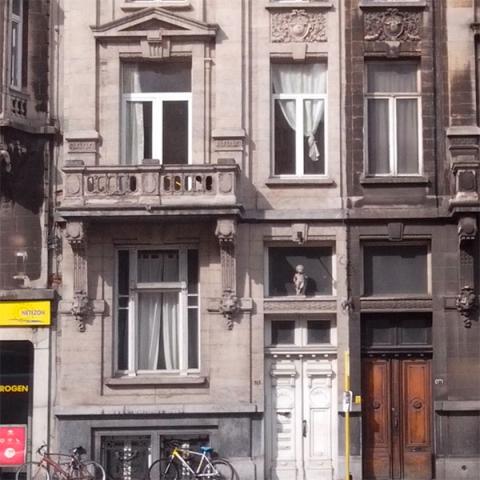Architetto, dottore in ingegneria, responsabile del dipartimento ESG-Sustainability per il Belgio e Lussemburgo in CBRE
giovanni.litti_3618
DIRETTIVE EUROPEE E PRESTAZIONE ENERGETICA
Il recente pacchetto di normative Europee in materia di efficienza energetica in edilizia, costituito nel suo insieme dalla Direttiva UE 844:2018, dalle raccomandazioni UE 786:2019 e dalla rifusione (in corso di approvazione) della Direttiva UE 31:2010, introduce un diverso approccio legislativo all’aspetto della prestazione energetica dei beni storici ed architettonici sottoposti a vincolo di tutela che potrebbe mettere a rischio la salvaguardia di questo patrimonio ed affidarlo a pericolose logiche speculative senza, di fatto, garantirne un vantaggio ambientale accertato in termini di decarbonizzazione nel ciclo di vita. In questo contributo vengono discusse alcune criticità di questo pacchetto di normative ed individuati alcuni aspetti migliorativi al fine di garantire un’efficace e riguardosa prospettiva di sostenibilità ambientale per il patrimonio costruito storico europeo.
I cittadini Europei sono attualmente chiamati (entro marzo 2022) ad esprimersi riguardo alla proposta di rifusione della direttiva UE 31:2010. GUARDA l'iniziativa promossa da recmagazine > QUI
EUROPEAN DIRECTIVES ON ENERGY PERFORMANCE OF BUILDINGS
The recent EU regulation package on energy performance of buildings, made up respectively by: the EU Directive 844: 2018, the recommendations EU 786: 2019 and the recast (under approval) of the EU Directive 31: 2010, introduces a radical line in approaching the energy performance of historical and architectural heritage in Europe. A line that, if confirmed, could leave the appropriate safeguarding of heritage buildings to dangerous speculative dynamics. Without, in fact, guaranteeing any verified environmental advantage in terms of decarbonization of these buildings in their life cycle.
This contribution discusses some critical issues within the mentioned regulation- package and identifies some ameliorative aspects in order to ensure an effective and considerate environmental sustainability -perspective for the European built historic heritage.
European citizens are currently being called (until March 2022) to give feedback on the drafted recast of the EU Directive 31: 2010. The hope is that this article will help encourage participation from all of us.

